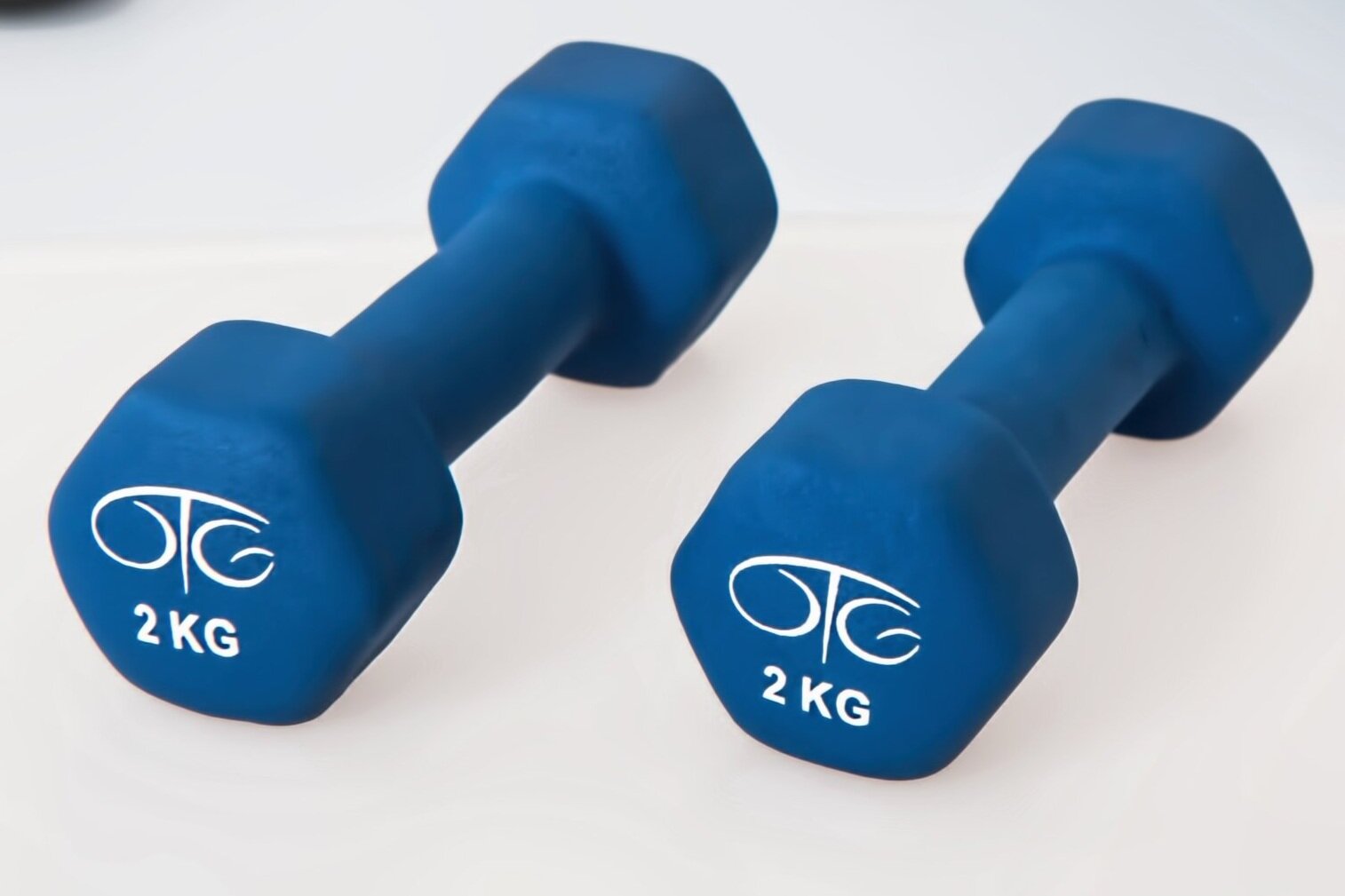Strength training creates a positive stress on the nervous and musculoskeletal systems leading to well established gains in mental, emotional, and physical health. This stress must be continually progressed in a gradual fashion to ensure these gains do not plateau. It is no surprise many novice exercisers, and some patients in Physical Therapy, quit their workouts after 6-8 weeks which correlates to the time a muscle will stop adapting to the same workout. The old saying is true, if you only do what you have always done, you will only get what you have always received.
Finding the correct exercise prescription (exercise selection, repetitions, sets, weight, and days per week) can be challenging for the participant even when they are assisted by a personal trainer. In recent years, authors have recommended using a rating of perceived exertion (RPE) of 1-10 or repetitions in reserve to ensure the appropriate intensity (weight) is utilized during the exercise. These two options, despite some limitations, help take the guess work out of this important component of any exercise. Most importantly, they help the participant adjust their workouts to avoid the plateaus associated with performing the same workout day in and day out. A recent study examined the impact of exercising to fatigue using either heavy or light weights.
Lasevicius and colleagues in the Journal of Strength and Conditioning Research randomized 25 untrained (neuromuscular adaptations or beginner’s luck with exercise likely at play) men to one of 4 training groups (2019). Repetitions to failure with a high load (80% of 1 repetition max), repetitions to failure with a low load (30% of 1 repetition max), repetitions before failure at a high load, or repetitions before failure at a low load. Every participant performed 3 sets of seated leg extensions, 2-3 days per week, for 8 weeks. As expected, participants performed significantly higher repetitions (50% more repetitions) in the groups asked to exercise to failure. In addition, all groups demonstrated increased strength (remember they were beginners) but higher strength gains were seen in the higher load groups. In regards to muscle size or cross sectional area similar increases (7-8%) were seen in all groups except the participants who exercised at a low load not to failure.
This study highlights the importance of exercising to fatigue when you do not have access to heavy weights, do not have access to a spotter for safely exercising to fatigue, lifting heavy weights is contraindicated, and/or do not wish to use heavy weights. The inverse relationship between weight selected and repetitions performed would require a participant to perform more repetitions in the presence of a lighter weight.
Click Here to learn which exercise prescription is most effective for your goals or injury

